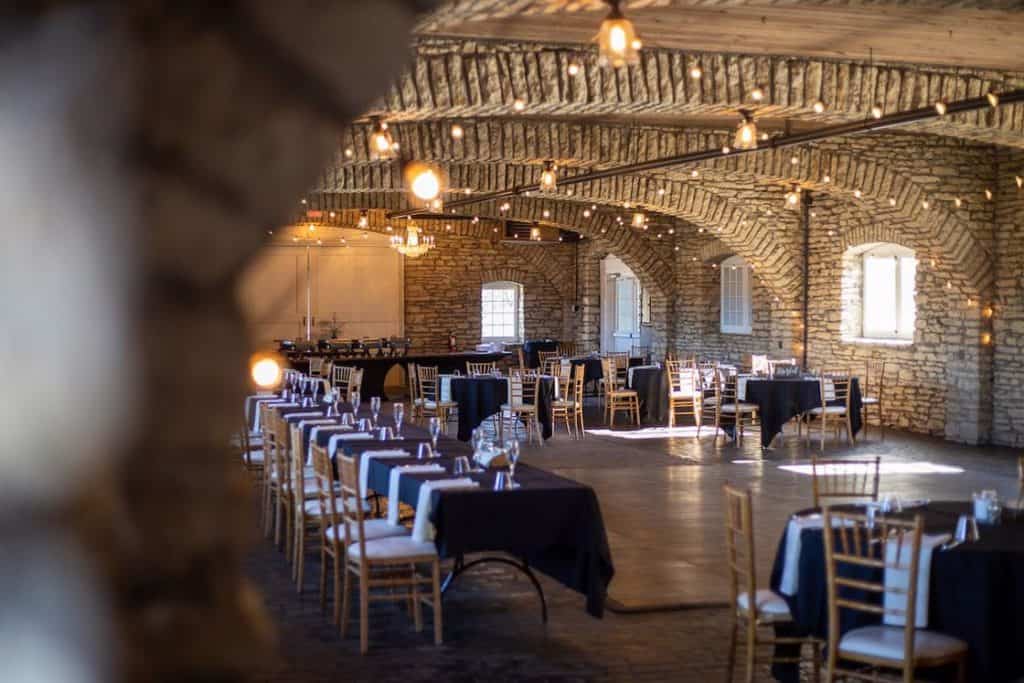The initial step in video mapping on rounded surfaces is to understand the shape of the area. Curved surfaces can be complex, with varying degrees of bend. To attain a smooth projection, it is important to create a 3D representation of the area. This representation helps in imagining how the video will appear when projected. Software tools are available that permit users to develop these representations and simulate the projection. By accurately mapping the measurements and contours of the area, creators can guarantee that the video aligns perfectly without distortion.
Once the 3D model is ready, the following phase is to edit the footage material. This involves editing the footage to suit the specific form and size of the curved surface. It is crucial to take into account the perspectives and sightlines from which the audience will view the display. The content should be designed to enhance the visual encounter, making it captivating and relevant to the concept of the occasion or installation. Using premium visuals and animations can significantly improve the overall impact of the display.
After editing the content, the actual display procedure begins. This involves setting up the projectors at the appropriate positions and distances to ensure that the footage aligns with the 3D model. Calibration is a key part of this process. It may necessitate adjusting the brightness, differentiation, and sharpness of the projectors to achieve the optimal results. Additionally, using multiple devices may be required to cover larger or more intricate areas. This technique, known as edge blending, helps form a continuous image across the whole surface.

Finally, testing the display is crucial before the conclusive show. This allows designers to make any required adjustments to the video and projector settings. It is also an opportunity to see how the viewers will experience the projection you could look here from various perspectives. By ensuring that the footage projection is flawless, designers can provide a stunning visual encounter that leaves a lasting impact. Mastering video projection on rounded surfaces not only enhances creative expression but also creates new opportunities for storytelling and audience interaction in various environments.